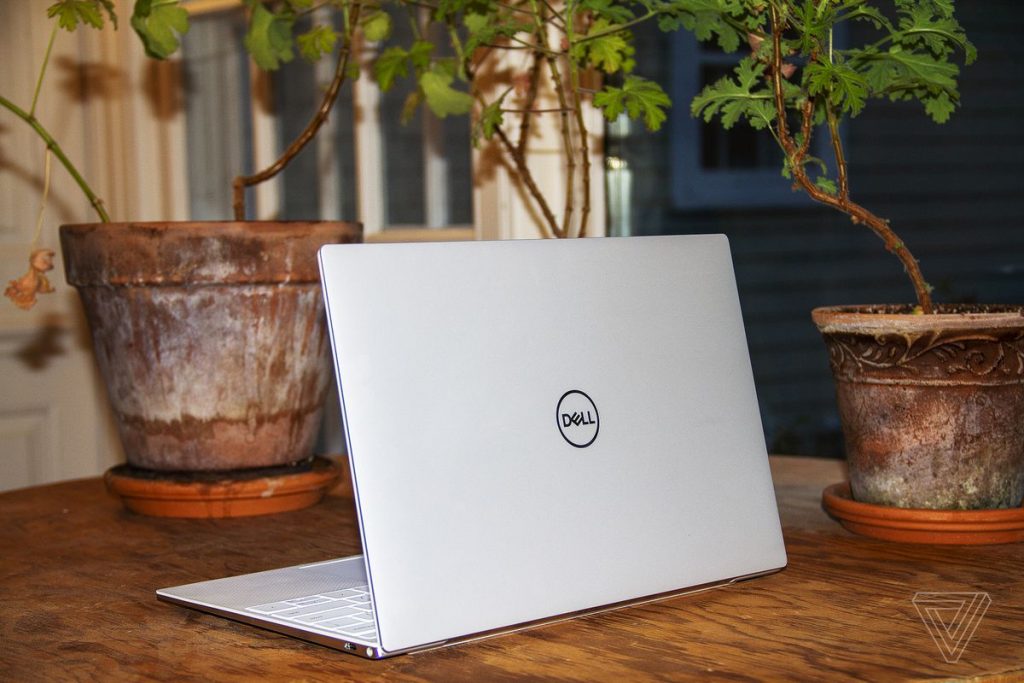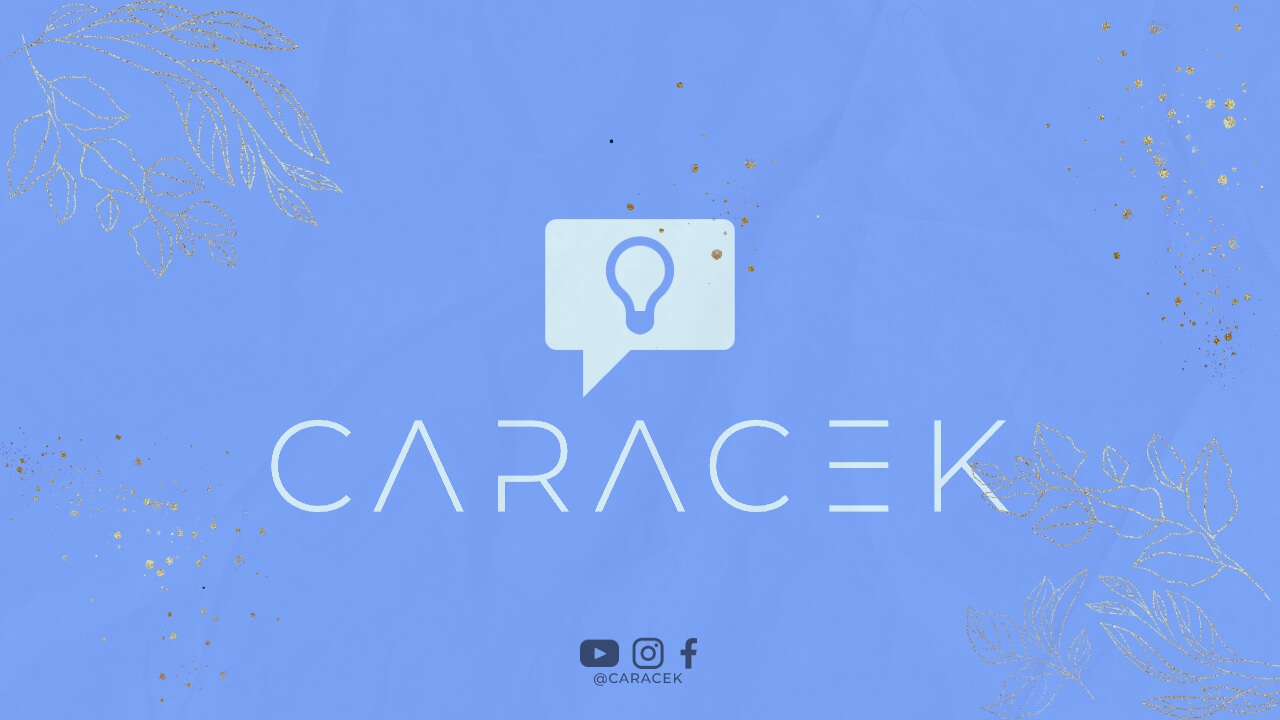If you want to purchase a computer, Dell is a good choice. The company is a leader in developing, selling, and supporting computers. It is a subsidiary of Dell Technologies. While it was initially a company that developed and manufactured personal computers, today, it provides more services than just selling them. If you are looking for a new computer, you should definitely consider purchasing one from a well-known brand such as HP or Lenovo.
In 1990, Dell Computer purchased too many memory chips and had to scrap its workstation line. Profits fell by 65 percent that year despite doubling in sales. The company also had a hard time getting the XPS 14 to appeal to any audience, including the tech crowd. This caused a major blow to the company’s reputation as a great consumer device, so it had to revamp its image to make it more appealing to mainstream consumers.
In 2004, Dell reorganized its organization to better meet the needs of customers. It started with an online catalog of computer accessories and software. It eventually branched out into fax machines, compact discs, and other electronics. By the end of 2004, the company had collected information on 750,000 customers. While many people would have hoped to have a “personal computer” for the rest of their lives, they did not. Instead, the company has shifted its focus to providing affordable products.
Dell, American Company That Develops, Selling, And Supporting Computers

While there are other companies in the market that compete with Dell, their biggest competition is still EMC. The company acquired EMC in 2015, which was the largest technology acquisition in history. In 2018, the company returned to the public markets as Dell Technologies. This change was made to cater to changing consumer needs. The name change is a clear reflection of how the company is responding to these changes in consumer demands. This move is a huge leap forward for the company.
In 1988, Dell expanded internationally and opened an office in London, where it sold $4 million in computers in a month. The company then opened a store in Canada and branched out into different divisions, including mobile and desktop computer business. It was in 1989 that the company went public and sold 3.5 million shares at $8.50 per share. The company is currently a multibillion dollar company. This growth was the first step to the success of the new model.
In the early 1990s, the company sold products through major US retailers, but in 1994 it stopped doing so. The company cited low profit margins in retail. In the following decade, the company exclusively sold its products through direct-sales channels. During the last decade, the company has been in the public market again. In 2018, the company was able to announce record revenues of $92.2 billion in fiscal 2020. The turnaround has also brought millions of dollars in profit to the owner of the company.
The company’s cost structure is very low. Typically, the company spends most of its budget on management. However, in recent years, the company has increased investment in fixed research and development costs. In addition, Dell continues to develop its retail distribution business in Australia. Its partnership with Coles Group’s Harris Technology has helped the company expand its reach across the country. Through the partnership, the two companies have expanded their retail presence throughout Australia.
In 1993, the company’s global headquarters campus in Austin, Texas, consists of 2.1 million square feet and is powered by wind and gas energy from a nearby landfill. Employees enjoy access to a fitness center, banking centers, employee stores, and notary public services. The company employs about 49,000 people worldwide. It has regional offices in thirteen countries. During the early years, the company’s global headquarters had a large sales force.
In its early years, Dell was only the sixth largest PC manufacturer in the United States. In 1989, it was twenty-two, and in 2007, it was the fourth-largest computer manufacturer in the world. But its customer service was poor, and in Q4 2006, Hewlett-Packard outsold Dell for the first time in the last quarter of 2006. The company has since been working on improving its image through Linux-based laptops and desktops, and the company is now selling its products through a number of outlets.

